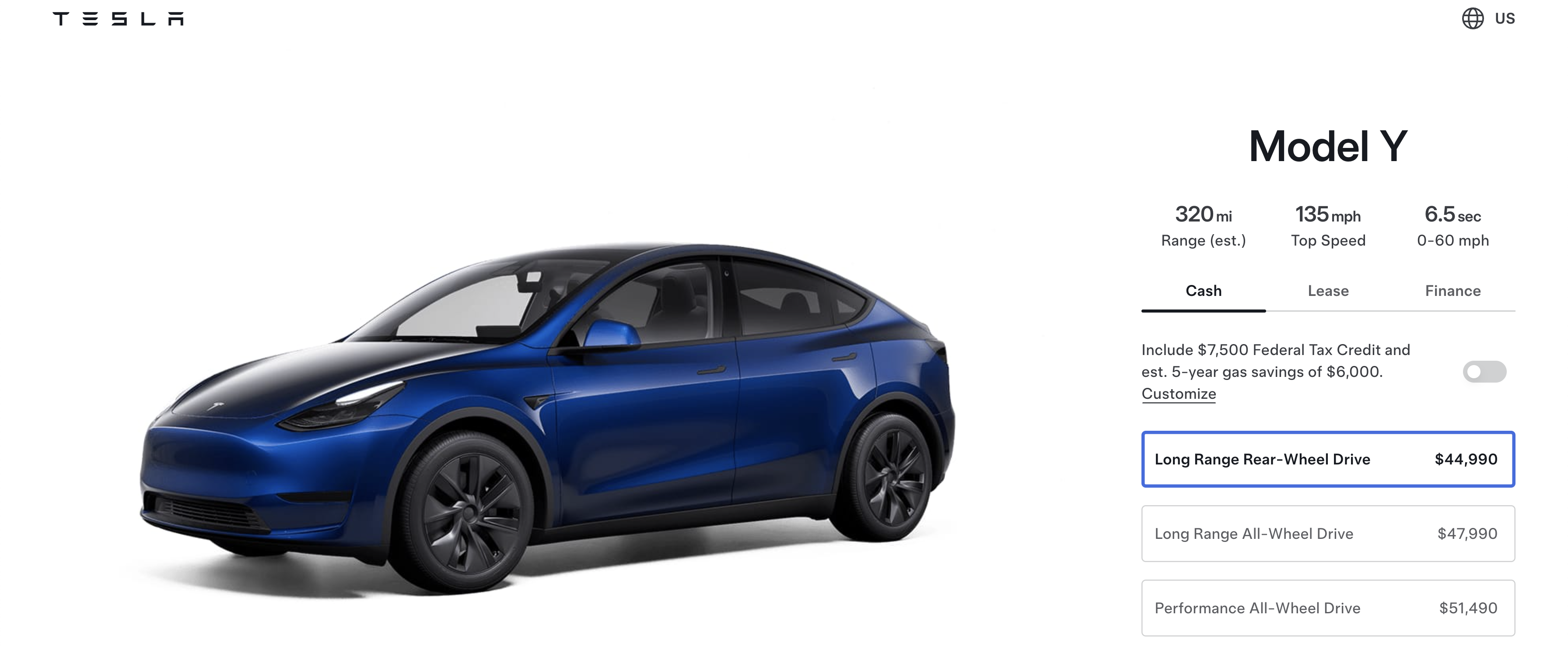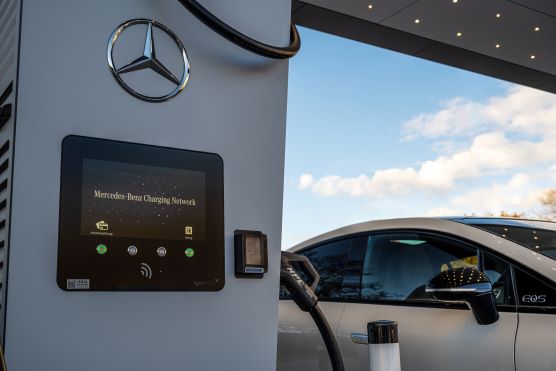
Hydrogen-for-energy advocates have been throwing lots of love at the German state of Lower Saxony’s hydrogen train, claiming that it’s the start of a massive hydrogen rail deployment globally. Well, no.
Let’s start with a bit of context. Trains have been being electrified with grid-ties for over 100 years. As I noted recently, outside of North America, rail is already electrified with grid-ties to a massive and increasing extent.
India is at 85% heavy rail electrification and heading for 100% by 2025. It has purchased a handful of hydrogen engines for tiny legacy rail on scenic tourist routes through twisting terrain, where installing overhead grid ties doesn’t make sense for scenic fit and economics, and for some reason decided to throw some money away on hydrogen for a while. I suspect they’ll revert to batteries in a decade or less.
China is at 72% freight rail electrification, in part due to the massive high-speed freight and passenger rail build-out that saw 40,000 km of track put into operation since 2007, and is heading upward with another 10,000 km of track planned or in construction, including into other countries. No hydrogen.
Europe is interestingly challenged. They are at 60% rail electrification and rising. They already have high-speed, electrified passenger rail. But they have a lot of legacy routes that go through tunnels and across bridges. And it costs a lot more money to install overhead catenary lines in tunnels and on bridges that weren’t designed for it. Tunnels have to have all the overhead wiring and lighting stripped out and be expanded upward, then the electric lines put in and the tunnel restored to service. Bridges have to have construction to mount infrastructure out from the sides, potentially requiring bolstering of the framework, and construction basically puts the bridges out of service.
Adding catenary overhead lines to bridges and tunnels is much more expensive. In my discussion with David Cebon, professor of mechanical engineering at Cambridge, and founder and director of the Center for Sustainable Road Freight, we discussed this. While adding overhead lines to rail that’s on the ground and under clear sky is reasonably inexpensive per kilometer, the UK’s effort has a total cost three times the base cost per kilometer. Two-thirds of the cost is due to retrofitting bridges and tunnels.
So even in Europe, it’s only routes that aren’t currently electrified that featured bridges and tunnels that required retrofitting where hydrogen was being considered.
And so rail giant Alstom — at least by western standards, as China’s manufacturers have built vastly more locomotives than the rest of the world combined in the past 50 years — stood up and said, “Let’s go with hydrogen!”
“It was at InnoTrans 2016 in Berlin that Alstom presented the Coradia iLint™ for the first time. The launch of the regional train with zero direct carbon emissions that represents a true alternative to diesel power positioned us as the first railway manufacturer in the world to develop a passenger train based on hydrogen technology. And just two years later, in 2018, the Coradia iLint™ entered into commercial service in Germany.”
These aren’t big trains or freight engines, by the way. The hydrogen tanks and fuel cells are integrated into the passenger cars. It’s regional light rail without a locomotive. There are two cars per train, not 200-car freight trains traversing the US Great Plains. The hydrogen variant of the train probably offers seats for fewer than 100 passengers, at the lower-end of the iLint range. And the distance between Cuxhaven and Buxtehude is just under 100 km. These aren’t big trains going long distances. By comparison, there are about 62,000 kilometers of high-speed passenger rail track in the world, and they are all grid-tied electric trains, as far as I am aware.
Alstom has been pushing this hydrogen concept uphill for a while, with limited success. It managed to get Quebec in Canada to pony up a few million for a limited trial, one which has entered service for its few months of trial, carrying passengers for the first time in June of 2023.
But there’s a backstory there. Quebec was home to Bombardier, a local firm which had recreational vehicle, rail, and passenger jet lines of business. It was part of Corporation Quebec, and a favored recipient of corporate welfare from provincial and federal governments in Canada. I was engaged in a transformation proposal to them a few years ago, and after a few weeks it became apparent to me that the firm had no idea how to manage strategic risks.
It had made four big bets, the most obvious being the C-Series jet development, any of which had the potential to bankrupt the company. When I was there, the recreational product firm was spun off already into its own separate and successful firm building skidoos, jet skis, and regulatory loophole three-wheeled vehicles for people who wanted all the disadvantages of both cars and motorcycles, or who simply had balance issues. But the big part of the firm still had rail centered in Europe and aerospace centered in Quebec. The company was so used to being bailed out by governments that its risk-reward calculations were out of whack.
And so it got whacked. Even after a multi-billion dollar bailout a few years ago, the company hit the wall. It sold the C-Series and virtually all the rest of its aerospace business to Airbus, with a series of transactions seeing Bombardier exit entirely, retaining only executive jet servicing, if memory serves. Its big rail business, which often featured prominently in headlines for delays and failures of engineering like the Las Vegas monorail that couldn’t go around corners without derailing, was sold to Alstom in 2020.
But that leaves a lot of corporate ties in Quebec, so former Bombardier types close to the government undoubtedly lobbied hard for their new bosses in Europe to try to push the hydrogen train rope uphill.
Even a year ago, Alstom was making announcements about the expansion of hydrogen trains in Germany and elsewhere. It had a contract to supply 14 more trains to Landesnahverkehrsgesellschaft Niedersachsen, the state-owned regional transportation company that understandably goes by LNVG most of the time, which went into operation in August of 2022. And the government had dumped €93m (US$102m) into the system, which included a hydrogen train refueling station to go with the hydrogen trains.
LNVG is Lower Saxony Regional Transport Company when it’s at home, by the way. While I’m at it, why is Lower Saxony above neighboring Saxony-Anhalt and its neighbor Saxony? Germans, please don’t explain.
But that all changed this week. LNVG made the announcement that after running the relatively small number of small passenger regional trains for a few years, and abiding by its contract to buy more last year, it will no longer consider hydrogen trains for anything else. They’re just too expensive to operate, compared to trains with overhead line connections and batteries to bridge the tough spots. I suspect that they’ll run for less than ten years before being shunted onto a siding to rust.

Those with attention spans longer than gnats might remember that the German state of Baden-Württemberg — also below Lower Saxony and incidentally where I lived in for a couple of years as a kid — had studied the options without investing a hundred million bucks of taxpayer money. What did they find without buying and operating hydrogen trains? Exactly the same thing that Lower Saxony found by spending an absurd amount of money to buy the trains and refueling station and spending five years paying the absurd cost of hydrogen. That grid-tied with batteries for the expensive bits was three times cheaper.
One assumes someone must have convinced the fine people of LNVG that hydrogen was going to be as cheap as drinking water, without specifying that the drinking water in question was bottled in diamond, had gold leaf floating in it, and was dispensed in glasses made of pearl in the most exclusive restaurant in Bavaria.
Regardless, another day, and another hydrogen-for-energy play leads to the inevitable conclusion that it’s vastly too expensive to be the basis of any economically sensible choice. Like the Norwegian liquid hydrogen shipping fuel site that Equinor, Aire Liquide, and Eviny abandoned, these hydrogen as an energy carrier plays always fail once spreadsheet jockeys are allowed to enter realistic numbers and compare to clear alternatives, instead of being constrained to fantasies about free hydrogen and delusions about batteries made of gold and platinum.
I don’t like paywalls. You don’t like paywalls. Who likes paywalls? Here at CleanTechnica, we implemented a limited paywall for a while, but it always felt wrong — and it was always tough to decide what we should put behind there. In theory, your most exclusive and best content goes behind a paywall. But then fewer people read it! We just don’t like paywalls, and so we’ve decided to ditch ours. Unfortunately, the media business is still a tough, cut-throat business with tiny margins. It’s a never-ending Olympic challenge to stay above water or even perhaps — gasp — grow. So …



